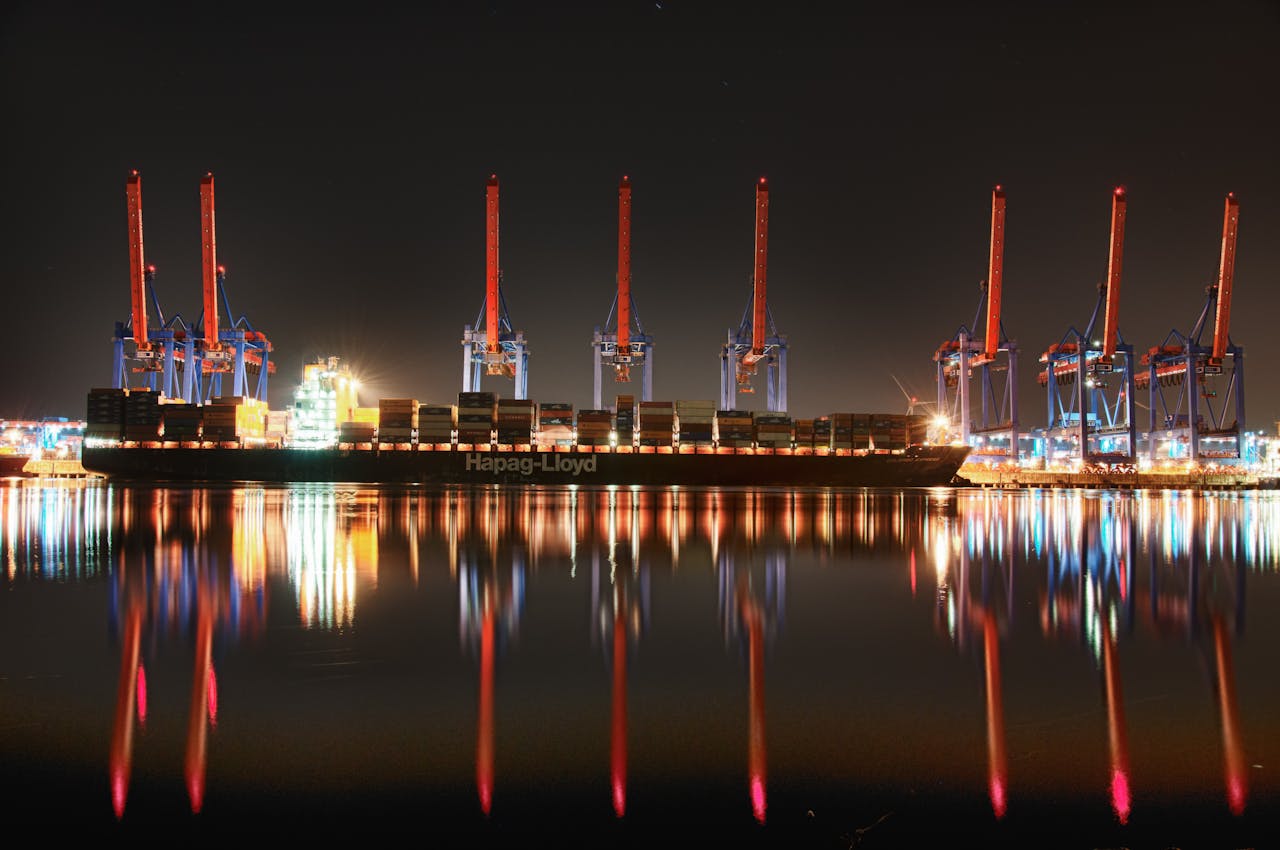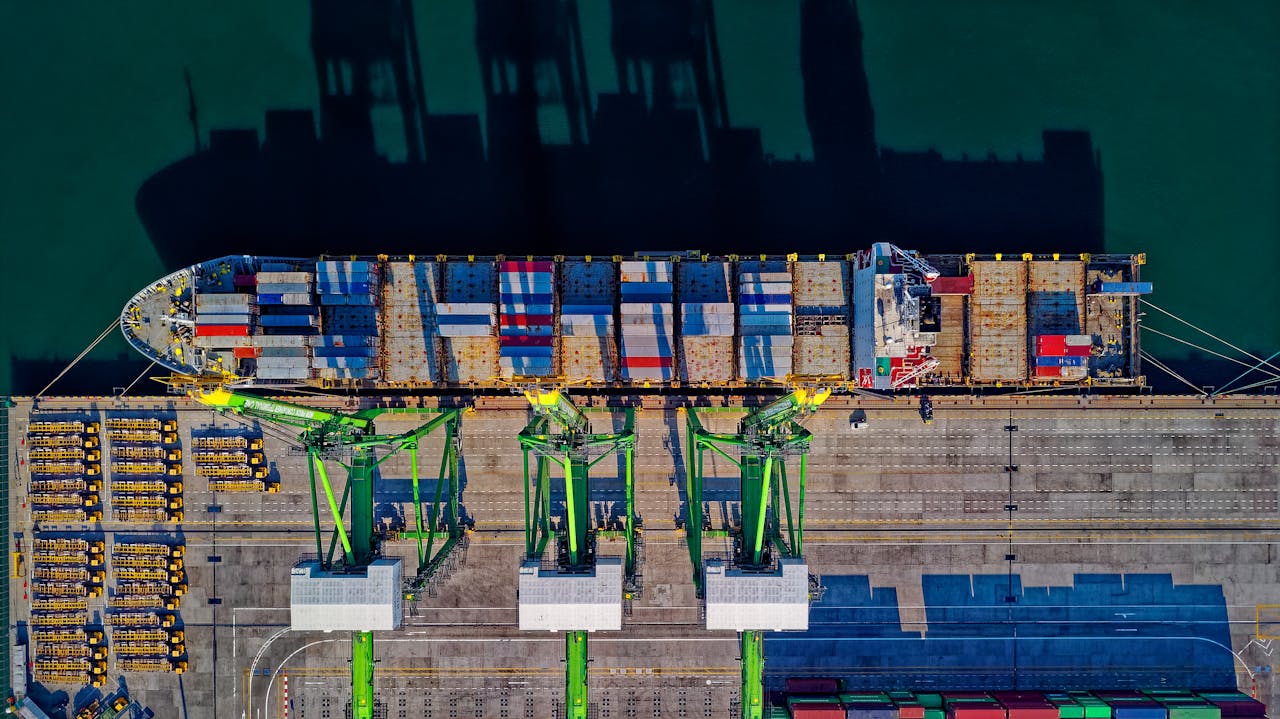Sustainable shipping practices are crucial for reducing the environmental impact of the shipping industry, which accounts for around 3% of global CO2 emissions. Here are some ways companies can make a difference:
Renewable Energy Sources
- Wind Power: Ships can harness wind energy using sails or wind turbines, reducing fuel consumption and greenhouse gas emissions. For example, a ship equipped with a 5-megawatt wind turbine can save up to 3,000 tons of fuel per year and reduce CO2 emissions by 10,000 tons annually.
- Solar Power: Solar panels can be installed on ships to provide additional energy for lighting and other equipment onboard.
Eco-Friendly Ship Designs and Technologies
- Slow-Steaming: Reducing ship speed by up to 30% can save fuel without significantly impacting delivery times.
- Advanced Waste Management Systems: Treating wastewater before release into oceans and implementing ballast water management systems to prevent invasive species.
- Energy-Efficient Designs: Optimizing hull shapes and propellers to reduce energy consumption.
Optimizing Operations
- Efficient Routing: Utilizing real-time data and historical travel patterns to identify opportunities for route optimization, reducing fuel consumption by 5-15% on average.
- Speed Optimization: Adjusting ship speed based on weather conditions, currents, and other factors to save fuel and reduce emissions.
- Cargo Consolidation: Combining multiple shipments into one container or vessel to optimize space utilization and reduce the number of trips required.
Regulations and Policies
- International Maritime Organization (IMO) Regulations: Aims to reduce CO2 emissions per sea transport work by at least 40% by 2030 and total annual GHG emissions from international shipping by at least 50% by 2050.
- National Policies: Governments can provide financial incentives for shipowners to invest in environmentally friendly vessels or retrofit existing fleets with clean technologies.
Real-World Examples
- Maersk Line: Aims to become carbon neutral by 2050 and has invested in wind-assisted technology and fuel-efficient vessels.
- CMA CGM: Has launched eco-friendly container ships running on liquefied natural gas (LNG) and developed sustainable container designs.
- Mitsui O.S.K. Lines (MOL): Has implemented digital twin systems to simulate vessel operations and identify opportunities for improving efficiency and reducing emissions.



